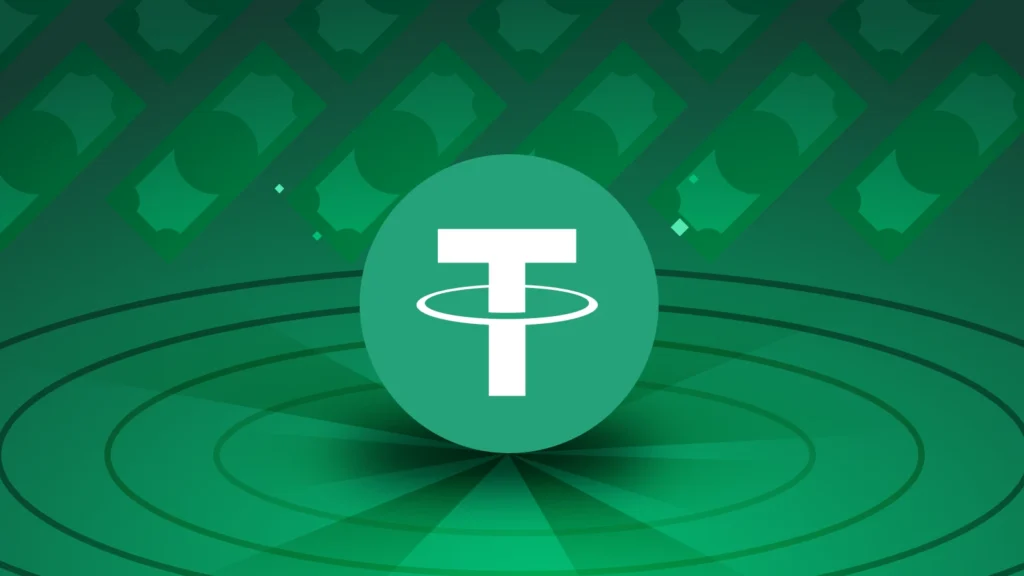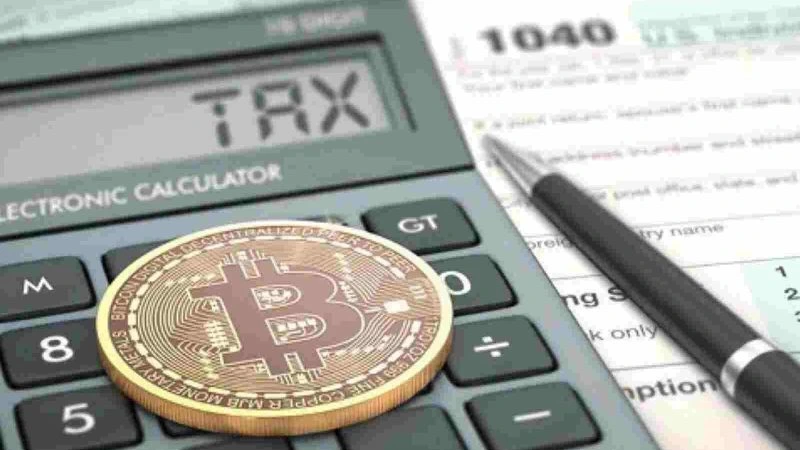Let’s be honest—just a few years ago, using crypto to buy anything more than a hoodie felt like sci-fi. But now? People are using USDT for real estate. Yep, real property. Bricks and mortar. Not just NFTs and JPEGs. It might sound risky—or revolutionary—but either way, it’s happening.
So… how exactly does this work? Is it even legal? And should you consider it? We’ll get into the weeds a bit—but not too much, promise.


Why USDT for Real Estate Is Catching On
First things first—USDT (Tether) is a stablecoin, meaning it’s pegged to the U.S. dollar. Unlike Bitcoin or Ethereum, it doesn’t swing wildly up and down (well, not usually). That makes it a favorite among folks looking to store or transfer value without playing the crypto casino.
For real estate buyers, this can be a game-changer. Why? Because using USDT for real estate can streamline cross-border transactions, avoid currency conversion fees, and, in some cases, offer more privacy.
And let’s be real—traditional banking is… slow. Wire transfers take days, paperwork piles up, and international deals? A headache. Crypto, on the other hand, moves fast—almost instant. In theory, you could buy a condo in Dubai from your phone in Chicago. Wild.


Where and How Is This Actually Happening?
You’re probably thinking, “Okay, cool in theory. But is anyone actually doing this?” Yep. And it’s more common than you’d think.
Places like Dubai, Portugal, El Salvador, and even some U.S. cities are seeing real estate listings that accept crypto—specifically USDT—as payment. Some developers are leaning into it fully, offering dedicated “crypto-friendly” portfolios and partnerships with blockchain-based escrow services.
Here’s how a typical USDT real estate deal might go down:
- Buyer and seller agree on a price in USDT (pegged to USD).
- Funds are transferred via blockchain to a secure wallet or smart contract.
- Legal paperwork happens alongside, just like a regular sale.
- Property title is transferred—done deal.
Of course, this all depends on local laws. Not every jurisdiction is on board. Some are wary of crypto’s link to money laundering (fair concern), others just aren’t up to speed yet.
The Pros (and a Few “Hmm” Moments)
Let’s not sugarcoat it—this isn’t all sunshine and smart contracts.
Pros:
- Speed: USDT transfers are nearly instant.
- Global access: Great for foreign investors dodging red tape.
- Stable pricing: Unlike Bitcoin, USDT won’t tank overnight.
- Lower fees: No bank middlemen = fewer transaction fees.
But also…
- Regulation is fuzzy. In some countries, it’s a legal grey zone.
- Scams are real. Without proper due diligence, you could lose your shirt.
- Tax implications can get messy, depending on where you live and how your country views crypto.
Still, for tech-savvy investors and developers looking to attract a global clientele, it’s a pretty attractive option. Just… maybe hire a lawyer.


So Should You Use USDT for Real Estate?
Here’s the thing: using USDT for real estate is no longer just a crypto-fanboy fantasy. It’s happening—and it’s probably going to grow. But like anything cutting-edge, it’s not without its quirks and caution signs.
If you’re seriously considering it, ask yourself:
- Do you understand the legal and tax implications?
- Can you trust the platform or seller?
- Are you okay dealing in a space that’s still kinda the Wild West?
Maybe this isn’t the right move for everyone—but for some, it’s the future of property deals. And who knows? In five years, paying for a house in stablecoin might be as boringly normal as swiping a debit card.
For now, one thing’s clear: the world of real estate is changing fast. And USDT? It’s quietly becoming part of that shift.
Relevant Link : Here





